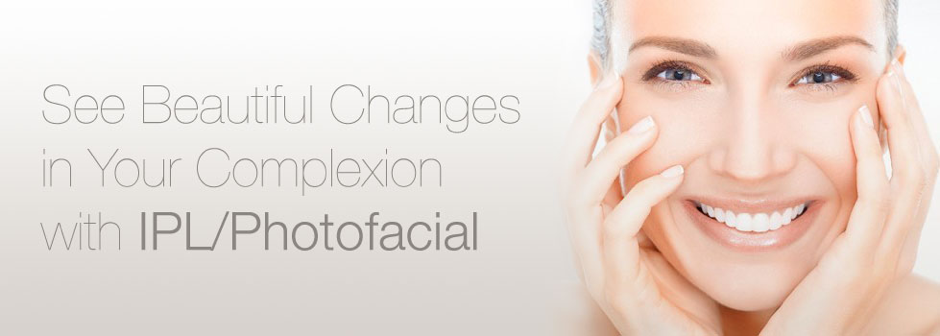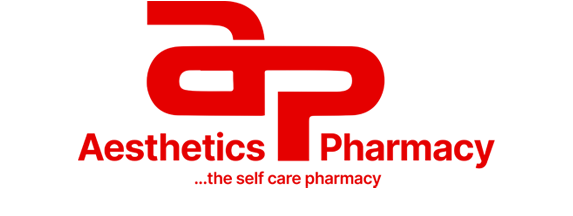What is Intense Pulse Light?
Intense Pulsed Light (abbreviated IPL) is a non-invasive and non-ablative treatment that uses high intensity pulses of visible light distributed over a range of wavelengths; from 400nm to 1200nm to rejuvenate the skin and improve the appearance of various skin problems.

How does Intense Pulse Light work?
Broad spectrum pulsed light is emitted from the hand piece of the IPL system and transmitted through a continuously cooled applicator gently placed over the skin. Cut-off filters in the hand piece change the range of wavelengths refining the energy output for the treatment of certain areas. The light energy penetrates the tissue and is absorbed by the relevant chromophores (these are skin components that absorb light). This light is converted to heat energy which damages them (blood chromophores when treating vascular lesions and melanin chromophores when treating pigmented lesions) leaving the body’s natural processes to clear the lesion’s debris, giving the skin a more even and youthful appearance.
In what situations do we use intense pulse light?
The IPL is most suited for Fitzpatrick skin types 1, 2 and 3 (Caucasian and very light Asian skins). It’s only place in the treatment of black skin/coloured skin types is the hair removal of thin, vellus-like hairs which the ndYAG laser doesn’t do so well). It’s uses include;
- Vascular lesions including spider angiomas, port wine stains,
broken facial veins, rosy cheeks and red thread veins of the legs. - Freckles and age marks.
- Sun damaged skin.
- Facial lines and wrinkles.
- Acne vulgaris, acne rosacea.
- Removal of unwanted thin dark hairs on the face and body.
The advantage of IPL therapy is its minimal downtime – a patient can often have the procedure done in their lunch break and return to work immediately afterwards.
However, multiple treatments at 4 to 6 weekly intervals is recommended for the desired result.
How do we prepare for and what do we expect during this procedure?
Just like every procedure that has the potential to cause inflammation, to reduce the chances of post procedure darkening, we commence the use of sun protection and hypopigmenting creams 2 weeks prior.
During the procedure we use a gel and contact cooling to minimize pain, making it as comfortable for the patient as possible
Are there any side effects?
Side effects are minor and include:
- Discomfort during treatment (reduced by contact cooling and gel)
- Redness and swelling may occur.
- Rarely, blistering can occur.
- Sometimes the pigment cells (melanocytes) can be damaged leaving darker or paler patches of skin. White patches or scars are rarely permanent.
- Hair loss may occur.

